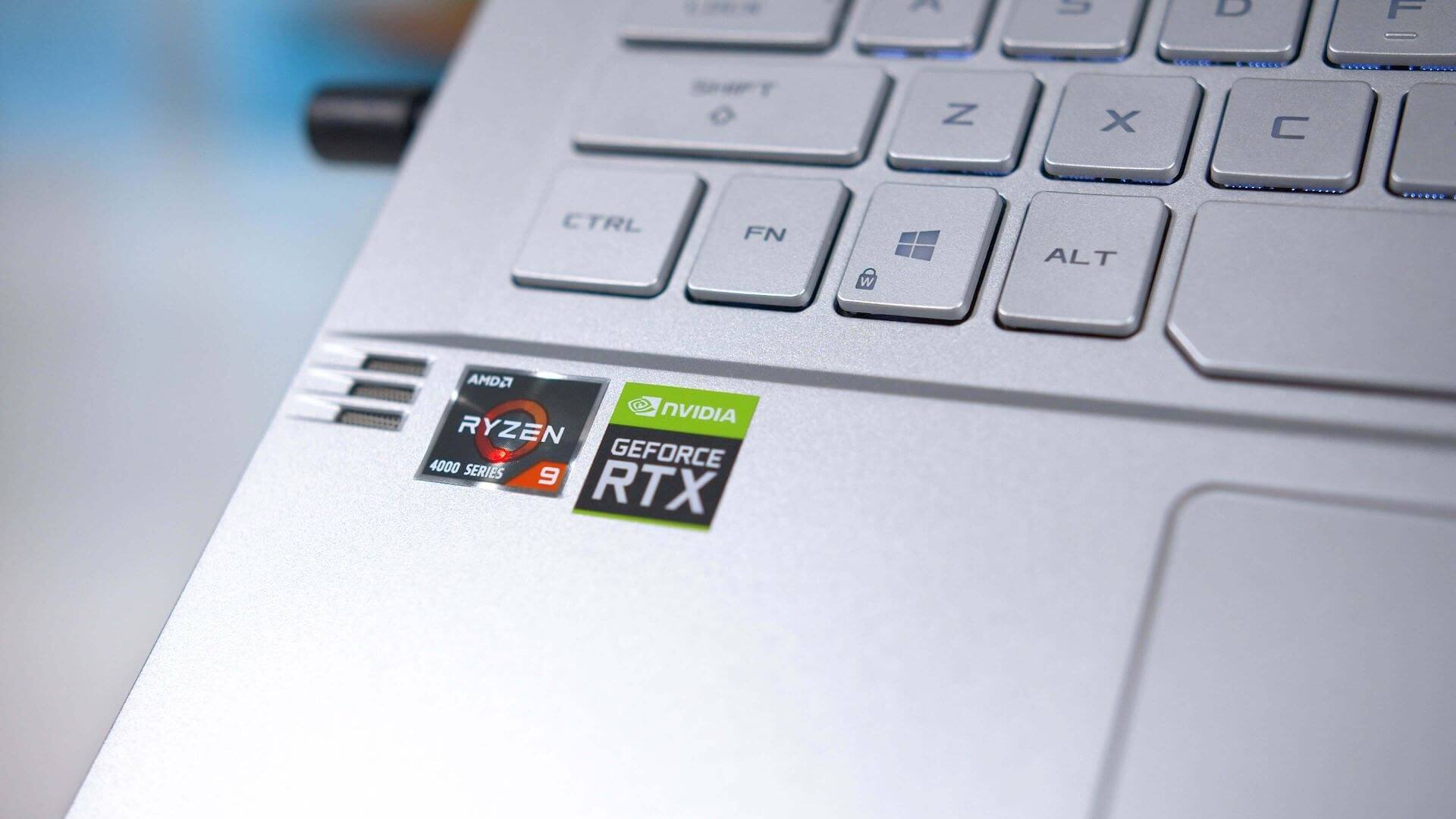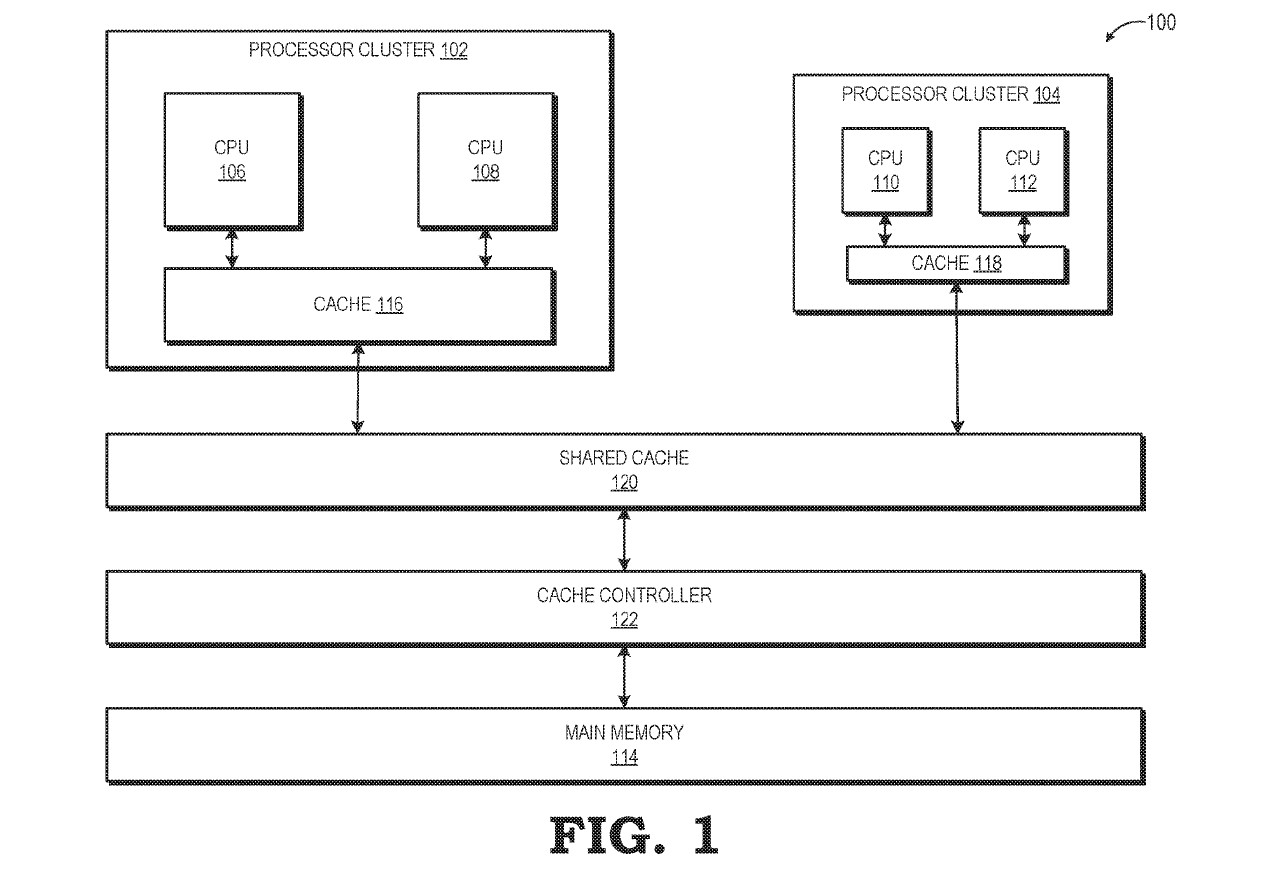Through the looking glass: A new patent filed by AMD suggests they’re considering following Intel and Arm down the hybrid computing path. But amusingly, the rather generic patent describes a very familiar product…

Hybrid computing is when one processing device uses two (or more) different architectures optimized for different purposes. In this case, AMD wants to create a more power-efficient laptop CPU/APU without sacrificing features. To do so they’re using a “high-feature processor” that does everything quickly and a “low-feature processor” that does a small number of things very efficiently, all within a single CPU/APU.
The patent engages mostly with the basics of hybrid computing: “when the high-feature processor is being underutilized, the heterogeneous processor system transitions to a lower-power mode by switching execution of a thread to the low-feature processor. This switch of execution includes migrating data…” and subsequently, “… when the low-feature processor is being overutilized, the heterogeneous processor system transitions to a higher-power mode by switching execution of a thread […].”
Intel’s Lakefield architecture does approximately the same thing. It employs four 10nm Tremont cores as the low-feature processor and one 22nm Sunny Cover processor as the high-feature processor. Arm’s octa-core processors used in smartphones dedicate four cores to high-performance tasks while the other four manage background apps and connectivity and such.

One novel area of AMD’s patent is its discussion of different implementations. Two alternate configurations are suggested by the patent. In the first, physical storage common to both processors is used for communication between the two. In the second, there’s a virtual link created in the cache. Here’s a sample process in which the low-feature processor (the first processor) sends an instruction to the high-feature processor (the second processor) using the first configuration:
First processor executes a thread in low-power mode → first processor detects thread attempt to utilize unsupported feature → first processor stops execution of the thread → first processor indicates switch to second processor and saves thread state → second processor restores thread state from shared memory location and begins execution
A scenario like this might occur when the user makes the processor decode a video stream after arriving on the Twitch homepage, for example. Note that the high-feature processor was (or could have been) already active in this scenario; mulling around waiting to deal with the complex tasks sent by the low-feature processor.
Patents don’t indicate a company’s willingness to enter a market, and a rather airy patent like this certainly doesn’t confirm any attributes of future products. On the whole though, it’s very interesting to see AMD pursuing the mobile market with increasing fervor and taking the fight to Intel in yet another sector.
https://www.techspot.com/news/86300-amd-new-patent-awkward-copy-intel-lakefield-architecture.html